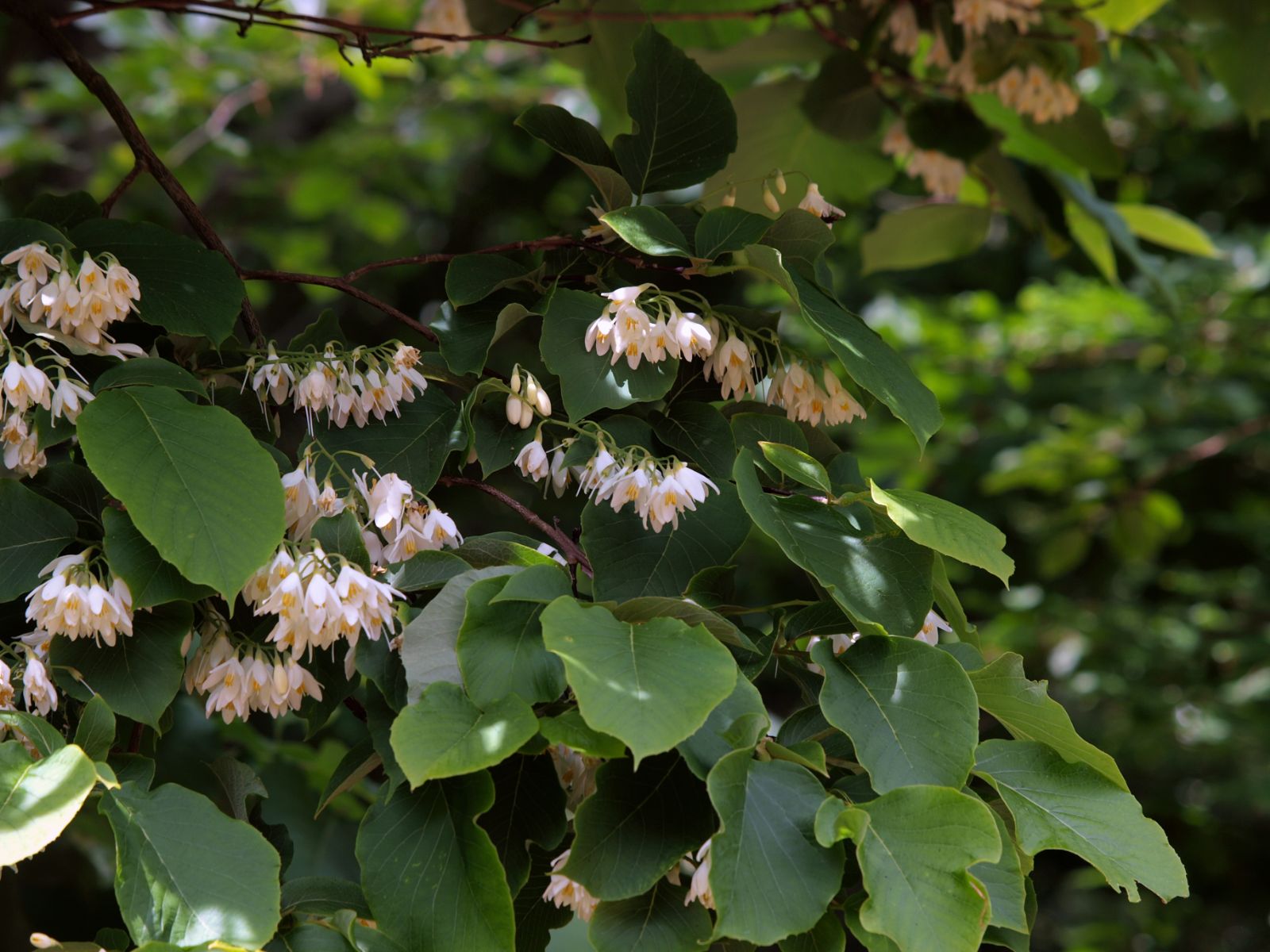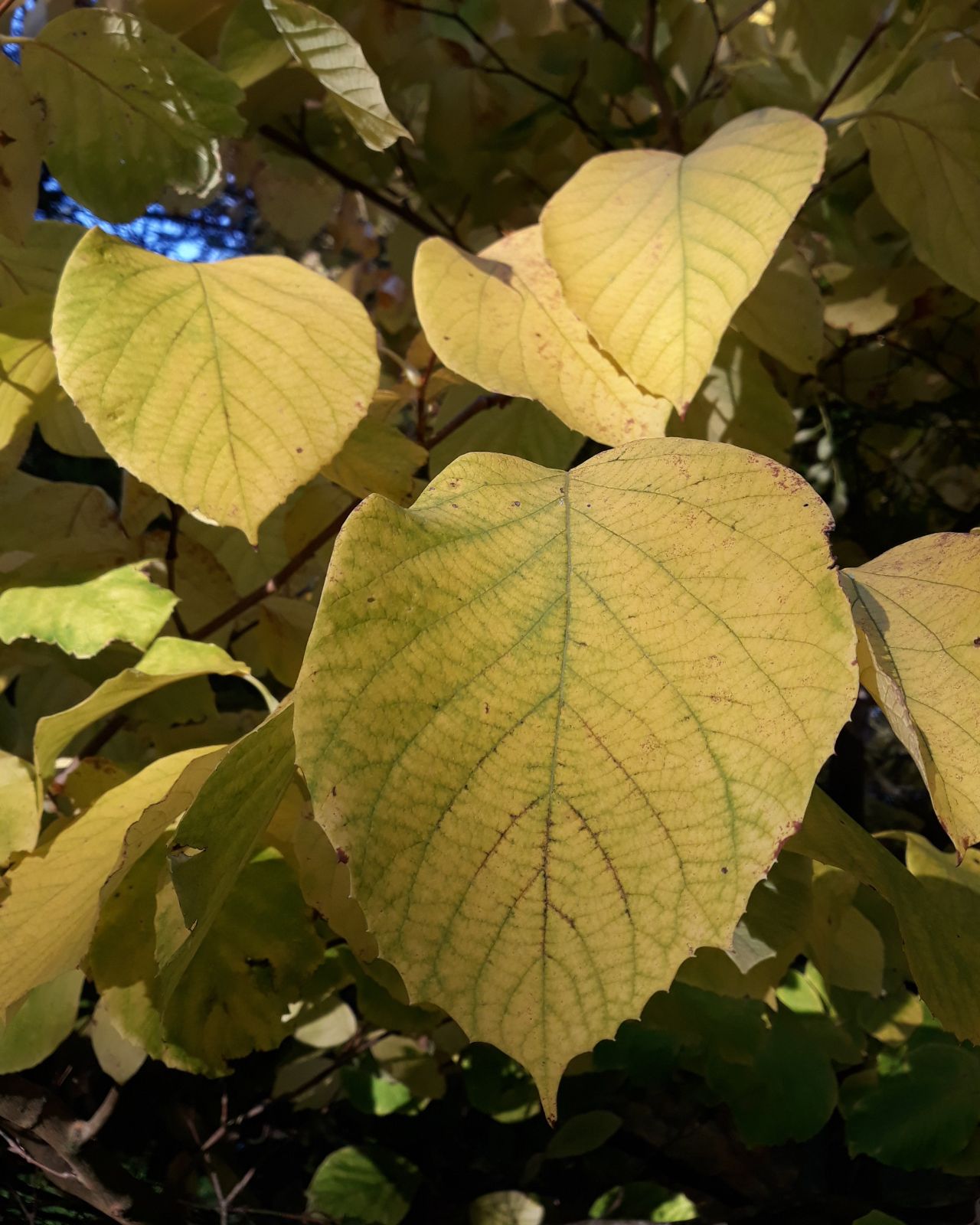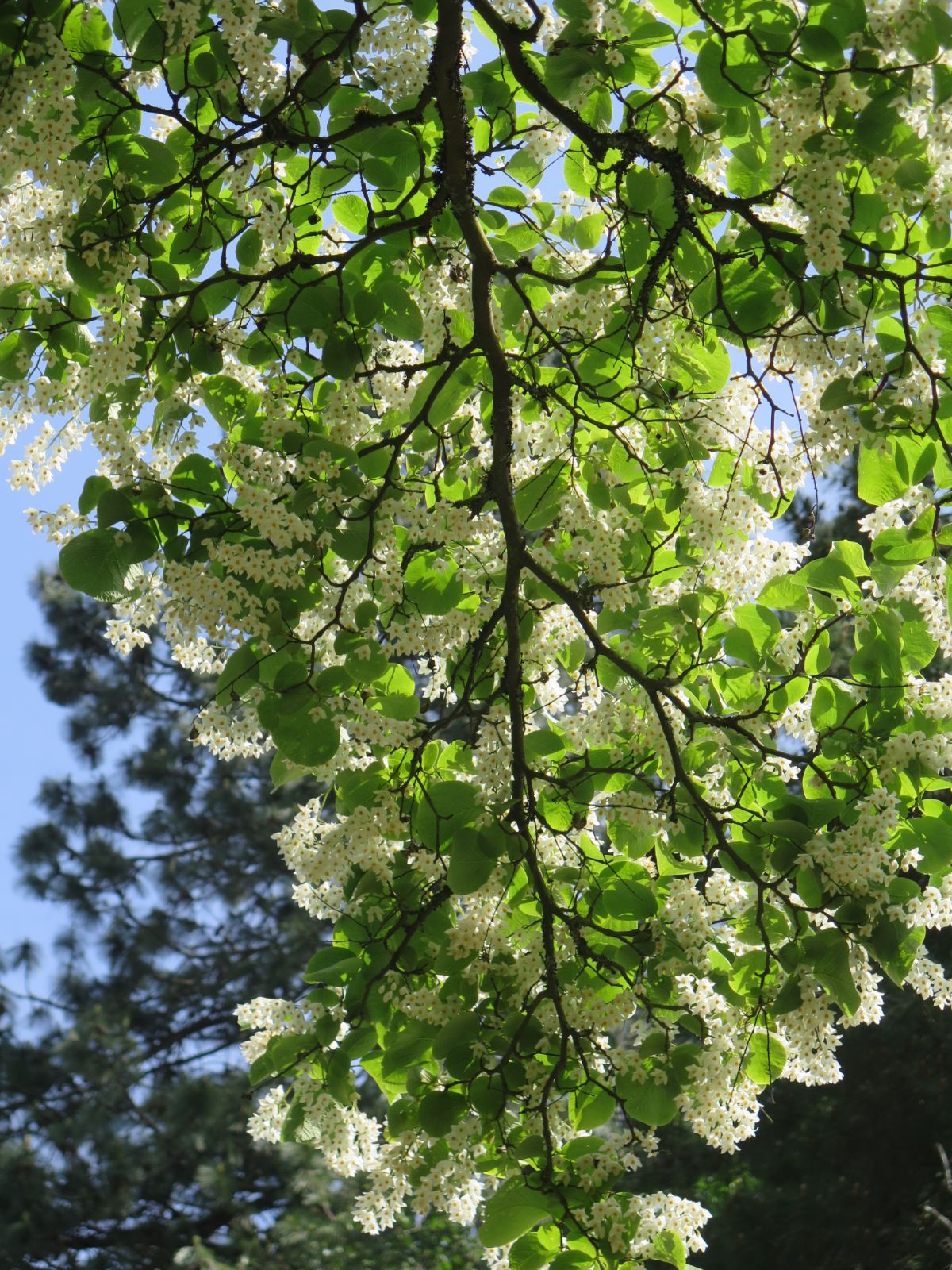Styrax obassia
Sponsor
Kindly sponsored by
Arabella Lennox-Boyd
Credits
Alan Elliott (2018)
Recommended citation
Elliott, A. (2018), 'Styrax obassia' from the website Trees and Shrubs Online (treesandshrubsonline.
Genus
Common Names
- Fragrant Snowbell
Other taxa in genus
- Styrax americanus
- Styrax calvescens
- Styrax confusus
- Styrax dasyanthus
- Styrax faberi
- Styrax formosanus
- Styrax grandifolius
- Styrax hemsleyanus
- Styrax hookeri
- Styrax japonicus
- Styrax limprichtii
- Styrax odoratissimus
- Styrax officinalis
- Styrax platanifolius
- Styrax redivivus
- Styrax serrulatus
- Styrax shiraianus
- Styrax suberifolius
- Styrax tonkinensis
- Styrax wilsonii
- Styrax wuyuanensis
Trees or shrubs, 10–14 m tall. Branchlets brown stellate pubescent, glabrescent. Basal leaves on each branchlet opposite, 4.5–10 × 3–5 cm, blade elliptic to ovate, apex rounded to acute; petiole 0.3–0.5 mm. Other leaves alternate, 5–15 × 4–20 cm, blade broadly elliptic, ovate, or rounded, apex acute to acuminate, petiole 1–1.5 cm; all leaf types papery, lower surface densely greyish stellate tomentose, upper surface glabrous except veins, margin coarsely serrate, veins five to eight pairs secondary veins on each side of midrib. Inflorescences terminal or axillary, 6–15 cm long, 10–20-flowered, occasional lateral racemes from base of main inflorescence. Flowers 1.6–2 cm long; calyx five or six-toothed, corolla tube c. 0.5 cm; lobes 1.3–1.6 cm long, elliptic; stamens shorter than corolla; filaments distinct beyond adnation to corolla, sparsely stellate villose, glabrescent. Fruit ovoid to subovoid, 0.8–1 cm long, yellow stellate tomentose, apex acute. (Hwang & Grimes 1996).
Distribution China Anhui, Hubei, Jiangxi, SE Liaoning, Shandong, Zhejiang. Japan Hokkaido. North Korea South Korea
Habitat Wet mountain forests 700–1500 m asl.
USDA Hardiness Zone 5-8
RHS Hardiness Rating H4
Conservation status Least concern (LC)
Despite being introduced to cultivation in 1859 from Korea by Charles Wilford, a professional collector for RBG Kew, and then from Japan in 1879 by Charles Maries, who was employed by James Veitch and Sons Nursery, Styrax obassia is relatively obscure in cultivation. This may be due, at least in part, to the species being much more uniform in appearance than the morphologically variable S. japonicus, despite its wide distribution, and it may be perceived as being coarser in appearance. There have been several reintroductions, with collections from Korea (e.g. KFBX 86, collected by a Kew expedition in 1989) and Japan (e.g. USNA 51213 from Hokkaido in 1989 and BSWJ 10890 from northern Honshu).
Despite its relative obscurity in cultivation S. obassia has its fans, Joseph Dalton Hooker described it as one of one the most attractive of introductions from Japan, in the accompanying text for Curtis’s Botanical Magazine illustration, and Bean (1981b) considered it to be an equal of S. hemsleyanus in terms of garden worthiness. The most striking feature of S. obassia is its large handsome leaves, while Dirr (2009) also appreciates its sinuous outline in winter, with smooth greyish-brown bark covering the trunk and branches. It can get quite large, steadily achieving 10–15 m in many British gardens, with an early upright habit becoming more rounded with age, though remaining tidy. Despite its ultimate size this species is slow growing and maintains its tidy habit in cultivation. It is highly floriferous, producing masses of fragrant white flowers, but they are unfortunately somewhat obscured by the large leaves and are sometimes more conspicuous after they have fallen!
Grey squirrels (Sciurus carolinensis) also appreciate the bark, and 30-year-old specimens in Ray Wood at Castle Howard, North Yorkshire, were stripped of bark overnight in 2015 (J. Grimshaw pers. comm. 2018).






